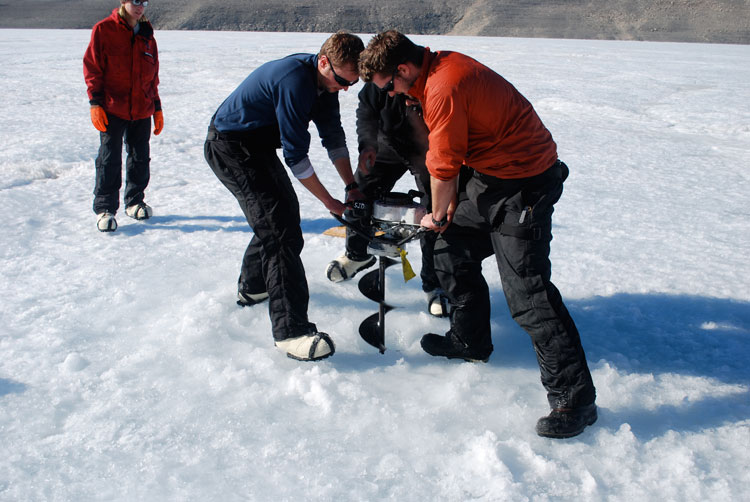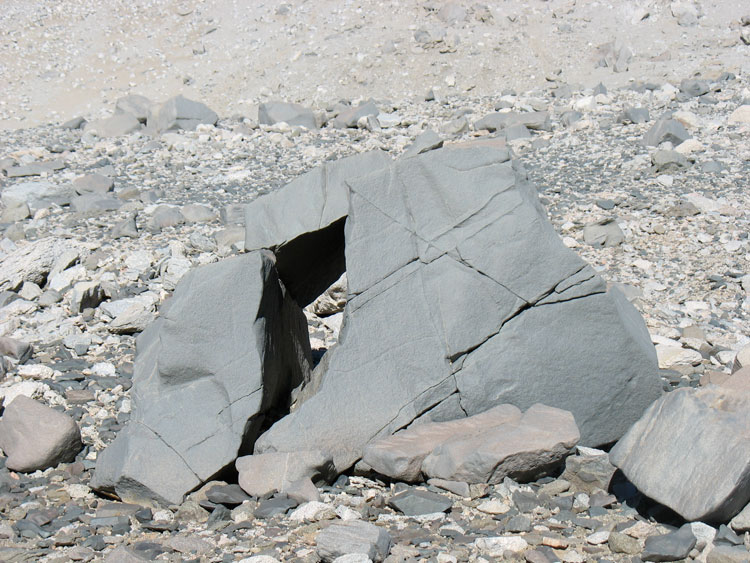Anaerobic carbon cycling in Antarctic lakes Fryxell and Vanda
The decomposition of organic matter recycles carbon and essential nutrients in terrestrial and aquatic environments. The basic processes involved in organic matter decomposition are fundamentally similar in all ecosystems, but variations in environmental factors can drive differences in mineralization rates and efficiencies (the amount of recycled organic matter relative to that which is deposited in sediments).
In Lakes Fryxell and Vanda, the bottom waters are anoxic, as are the sediments. These two lakes have different sulfate concentrations (lower in Fryxell than Vanda), which drive differences in both microbial community structure and activity. Seasonal changes in microbial community structure may influence the rates and products of mineralization. Temperature influences mineralization rates directly by influencing microbial activity but may also affect distinct types of microorganisms to varying degrees. A diverse microbial community mediates organic carbon mineralization in anaerobic habitats.
We are determining differences in biogeochemical signatures and quantifying rates and pathways of anaerobic carbon cycling in the bottom waters and sediments of Fryxell and Vanda. We are enriching and isolating microorganisms involved in carbon and sulfur cycling and characterizing the microbial community using culture-independent methods. Finally, we are conducting directed laboratory experiments to elucidate the mechanism of AOM in these unique habitats. This work is addressing the following overarching questions:
What factors control terminal carbon metabolism (sulfate reduction, methanogenesis, and methanotrophy) in anoxic and highly stable polar lake waters and sediments?
What novel microbial communities are responsible for the AOM, and which electron acceptor(s) support AOM in these unique lakes?


















































































































